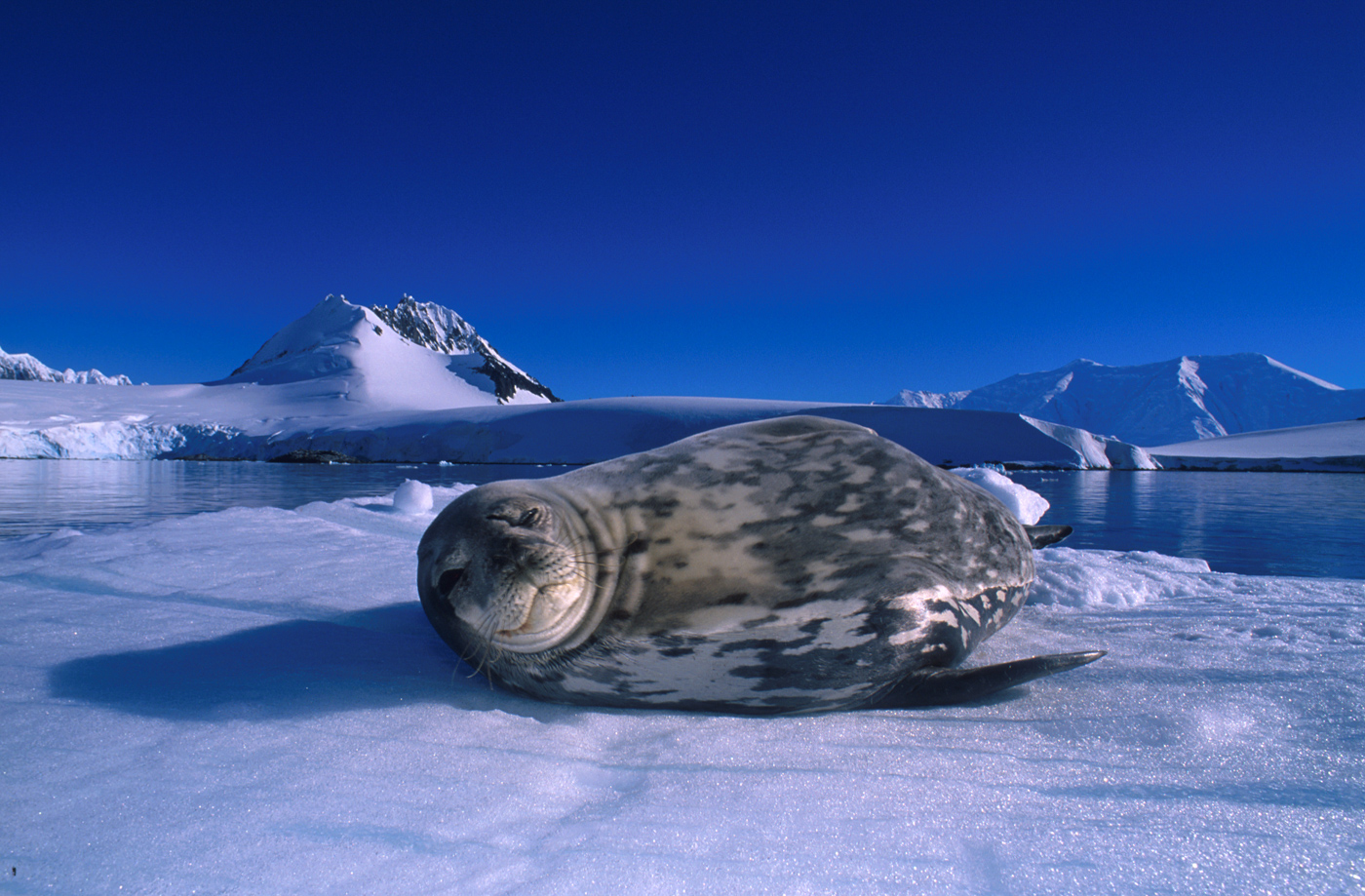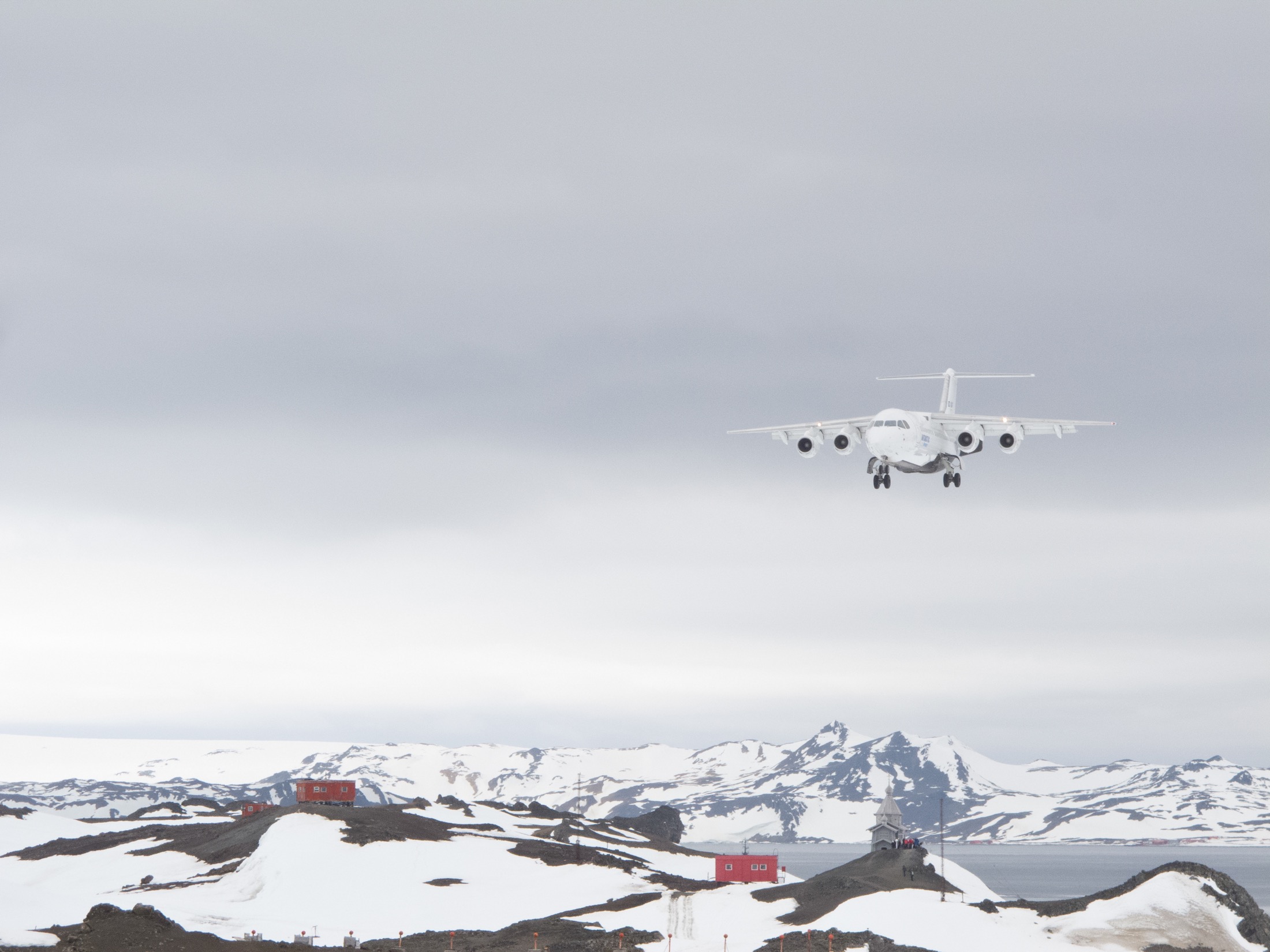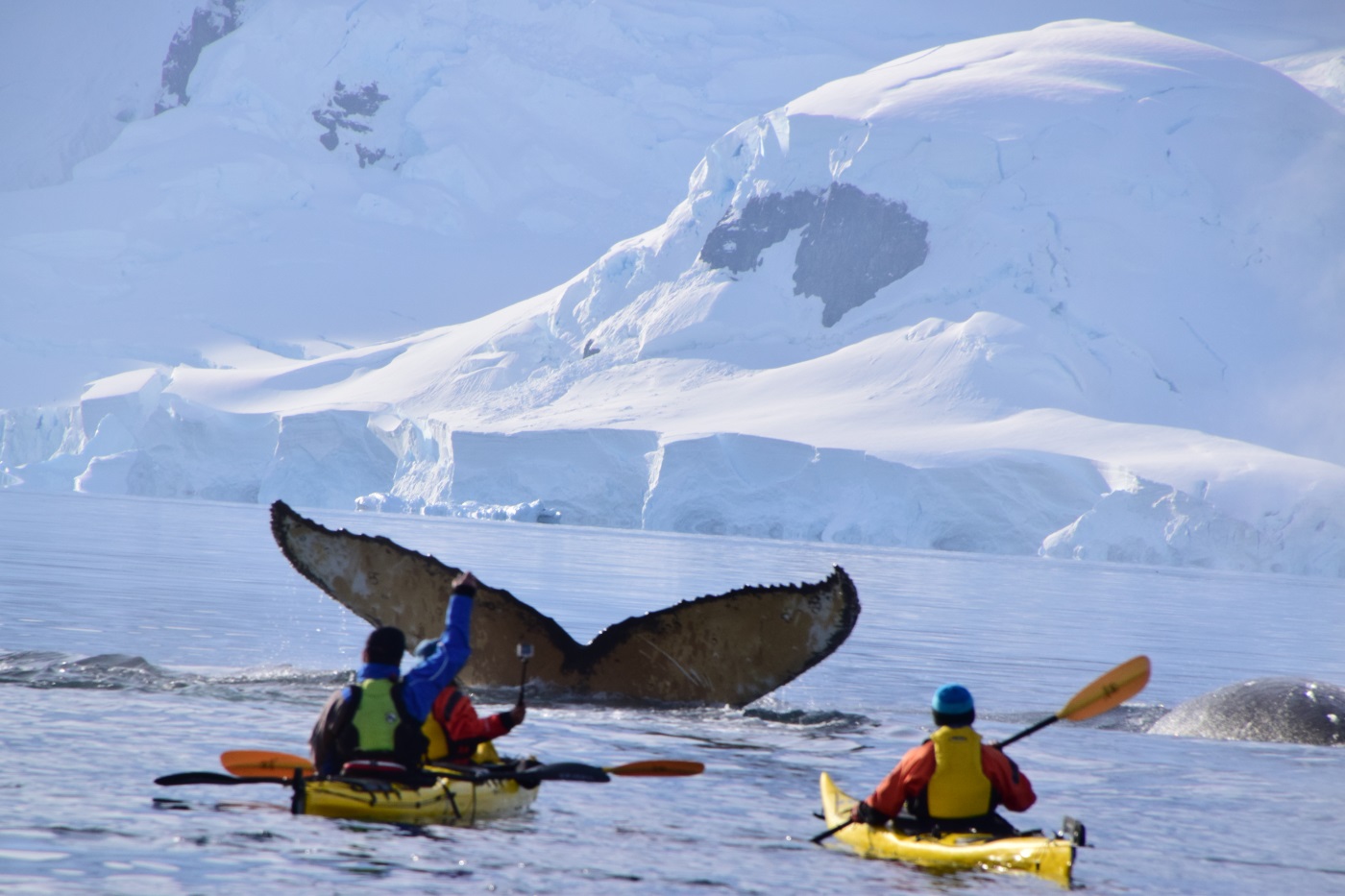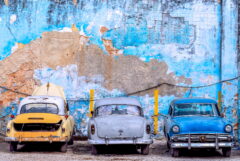Celebrating 200 years since the discovery of Antarctica

At Journey Latin America, we all love Antarctica. The very idea of this wilderness continent with its incredible wildlife, ice-sculpted landscapes and history of exploration, struggle and achievement, is utterly inspiring. And for those of us who have had the privilege to have been there it’s a place of unforgettable memories, which we are happy to share with those of you who aspire to make the journey.
In a rapidly changing world Antarctica remains a place where nature reigns supreme; even with the subtle (and not so subtle) changes triggered by climate change. Ever since the white continent’s discovery and exploration by the human race, nature has maintained her authority, and the human - thankfully strictly controlled - hardly scratches the surface.
It’s hard to believe how long ago Man first became aware of the continent’s existence. Captain James Cook crossed the Antarctic Circle in the 1Bth century, but never made it to Antarctica itself. He had a niggling feeling that such a land mass did exist, arriving tantalisingly close (just 130km from its shores). Following his journey, few thought it worth persevering, until commercial considerations and international rivalries intervened – seal fur became much in demand in the early 19th century and ships south sailed with the express intention of seeking out new rookeries. The Antarctic Peninsula (as opposed to mainland Antarctica) was discovered first. But who can legitimately receive the accolade of first coming across the continental landmass of Antarctica? It’s in dispute: Estonian Gottlieb von Bellingshausen of the Russian navy and Edward Bransfield both claim to have had eyes on it in January 1820, while other sealers and explorers have also to be considered.

So this year, 2020, the world has agreed to celebrate the 200th anniversary of the discovery of Antarctica. Following on from Bellinghausen and Brasfield, American Nathaniel Palmer is often adjudged to have been the first reliably to be confirmed as having identified the mainland continent. He was an experienced sealer and at the tender age of 22 captain of a small sloop, the Hero, which was a supply ship for larger vessels. The seal rookeries of the South Shetland Islands being by then virtually annihilated, he ventured further south, the nimble ship able to explore more easily in the search for other clusters of seal populations. It was during this search that on 18 November 1820 Palmer first sighted land at Orleans Channel, and as a result two Antarctica locations bear his name: Palmer Land, and the Palmer Archipelago.
Later in the 19th century explorers continued to discover different parts of the continent, leaving their names as acknowledgement of their achievements – James Ross passed through what is now called the Ross Sea and at the end of the century Adrien de Gerlach, the first to spend a winter in the region, is now remembered for the strait which bears his name. During the 20th century’s age of exploration progress was slow, and further sullied by commercial interests, with whalers and sealers constituting the majority of visits. Anglo-Norwegian Carsten Borchgrevink a the first to build huts and spend any amount of time on the continent, and he was followed by the more famous names of the Heroic Age of Antarctic Exploration in the 20th century who achieved fame in the search for the South Pole: Amundsen, Scott and Shackleton.
The middle half the 20th century was then dominated by exploration from the air and by motor vehicle, as technology progressed. The latter part of the century witnessed a large number of Soviet scientific expeditions. Later, expeditions from nations as far apart as Scotland and Venezuela sailed through Antarctic waters. The 21st century has seen many feats of individual or small team derring do: skiing, walking, kiting and even cycling achievements have been recorded.

photocredit: Antarctica XX1
Meanwhile there’s been the advent of tourism. The first Antarctic cruise for non-scientific purposes did not take place until 1966. Several originally scientific ships were converted to carry visitors and conditions were fairly basic. Nowadays there is a huge choice of expedition ship, from the functional to the luxurious, from small to large. On many ships there is now the opportunity for visitors to experience Antarctica in a variety of ways: fly-cruising, kayaking, snow-shoeing, hiking, mountain climbing, camping. Even swimming. Always wildlife-focused.

At Journey Latin America we have selected what we consider to be the best Antarctic cruises: the most reliable and sustainable voyages on the smaller vessels which have minimal impact on the fragile environment. Travel with us and you will be guaranteed an extraordinary experience: the itinerary may be modified according to the ever changing weather and ice conditions, but this just serves to remind us all just what a privilege it is to have access to this remarkable continent – Antarctica.
Read more about this on the Antarctica pages of our website, or order/download a copy of our exclusive Antarctica brochure. Or give us a call: you can always speak to one of us who has been there...
Tailor-made holidays
Flexible, custom-made holidays to Latin America created to match your exact requirements: our tailor-made itineraries are as unique as the clients for whom they are designed.
Design my tripPapagaio
Your edit for Latin American inspiration
Our exciting range of articles on Latin America explore everything from iconic destinations and lesser-known cultural gems to delicious traditional recipes. You’ll also find exclusive travel tips, first-hand client reviews and the chance to get your personal questions answered by our travel experts.
View Extraordinary Inspiration






































